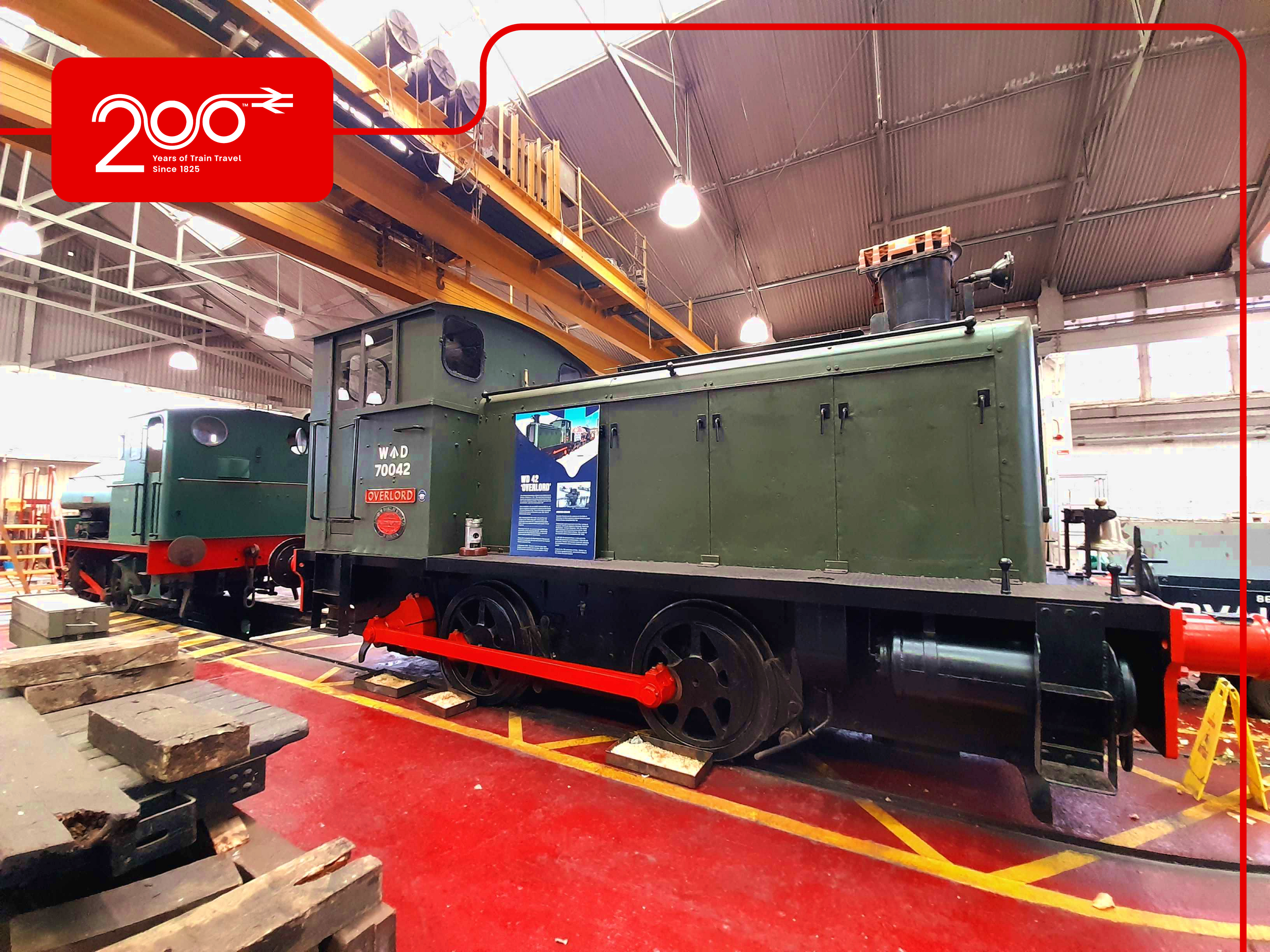Welcome to today’s instalment of our Railway 200 celebrations where we highlight connections between maritime heritage and the 200 years of history of modern railways! This article will focus on the place which built many of the ships that changed the course of British history: the Chatham Historic Dockyard.
The history of the shipyard itself dates back to the late 1500s and the reign of Henry VIII who set the foundations of the Royal Navy. First ships left the Chatham yard in 1586, but it wasn’t until 1613 when the shipyard moved downstream to a larger new site that its life as a stronghold of English shipbuilding began. Over the course of its active working life the shipyard supplied Britain with hundreds of warships, including HMS Victory, Lord Nelson’s flagship at the battle of Trafalgar, and HMS Ocelot, the last Royal Navy ship to be built in the dockyard before its closure in 1984.
The transport improvements brought on by industrial revolution in the 1800s saw railways reach further and further into Kent. The line running southeast from London finally reached Chatham in 1858, linking it with Rochester, and then Strood, via the newly constructed Rochester Bridge designed by Joseph Cubitt. This wasn’t the only railway operating in Chatham, as the dockyard itself had a small set of railway tracks operating on the site which spanned almost 400 acres of land. The steam dockyard railway started operating in the 1860s as a narrow-gauge rail, serving the Royal Navy’s No. 1 and No. 2 shipbuilding basins and linking with the basin No. 3 which built ships for the Merchant Navy. Further extension of the standard-gauge rail from the Gillingham station (New Brompton at the time) reached the dockyard in 1877, opening it up to the rest of the railway network, and the first standard-gauge locomotive started operating in the dockyard in 1888.
In its heyday, the Chatham dockyard railway covered approximately 17 miles of track. Now there is under 1 mile remaining, but despite this significant change the historic railway still operates today, with a team of dedicated volunteers looking after all the locomotives, cranes, and wagons, and ensuring this valuable piece of heritage will be preserved for future generations. They oversee the operations of four steam locomotives dating back to the 1940s, four ex-dockyard steam cranes erected between 1938 and 1943, and over 10 different wagons built between the end of the 1800s and mid-1900s, ranging from Fife Coal Company’s open wagon to Admiralty tank wagons.
The untiring work of the volunteers keeps the dockyard railway alive: be it through overhauling a 65-year-old diesel locomotive Rochester Castle, preserving the legacy of D-Day in locomotive Overlord, or teaching a new generation of volunteers how to maintain and operate this historic railway. No matter if you’re a railway enthusiast or a casual dockyard visitor, the railway at the Historic Chatham Dockyard and the knowledgeable team of volunteers are bound to keep you entertained.
Keep an eye out for tomorrow’s article! See you there.
Learn more about the Historic Chatham Dockyard and its railways:

